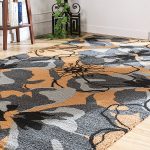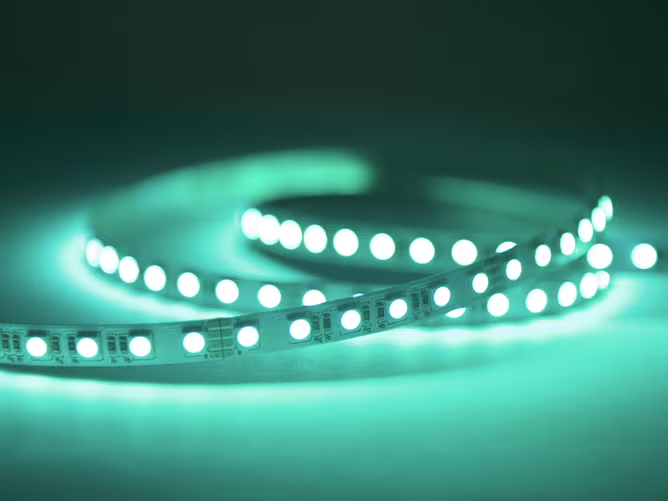In recent years, LED lighting technology has become a fundamental part of both residential and commercial spaces. The evolution of LED strip lights and LED modules has transformed how we approach lighting design and functionality. These components offer versatility, efficiency, and creative possibilities that were once unimaginable. This article explores the key aspects of LED strip lights and modules, shedding light on their applications, manufacturing, and emerging trends.
Introduction to LED Lighting Technology
LED, or light-emitting diode, technology has revolutionized the lighting industry by providing efficient, long-lasting, and environmentally friendly alternatives to traditional bulbs. LED strip lights and LED modules are two essential forms of LED lighting that serve distinct purposes but often complement each other in lighting projects. Understanding their features and uses helps in making informed decisions about lighting solutions.
Understanding LED Strip Lights
LED strip lights are flexible circuit boards embedded with LEDs, typically adhesive-backed, allowing them to be easily mounted on various surfaces. These strips can illuminate spaces with vibrant colors or pure white light, making them popular in decorative lighting, accent lighting, and task lighting.
What makes LED strip lights unique is their adaptability. They can fit into tight spaces, wrap around corners, and be cut to specific lengths without losing functionality. This flexibility is why many industries rely on LED strip lights for creative lighting designs.
However, the quality of LED strip lights depends heavily on the manufacturing process. Components such as the type of LEDs used, circuit board quality, and the adhesive backing influence the strip’s durability and performance. When looking for an led strip lights factory, these manufacturing details become critical, ensuring that the product can withstand different environments and last for years.
The Role of LED Modules in Lighting Solutions
LED modules are individual units or clusters of LEDs mounted on a rigid or semi-rigid substrate, often encapsulated for protection. Unlike LED strip lights, LED modules typically serve applications requiring more focused or directional lighting.
LED modules are widely used in signage, backlighting, and architectural lighting, where uniformity and brightness are essential. They provide a stable light source with consistent intensity, which makes them preferred in settings where precise illumination is necessary.
When sourcing lighting components, companies often look to reliable led module suppliers to ensure the products meet specific standards for brightness, color consistency, and weather resistance. The availability of various sizes and power options makes LED modules adaptable to different project requirements.
Key Considerations When Choosing LED Strip Lights and Modules
Selecting the right LED strip lights or modules involves several factors. First and foremost is durability. LED products need to withstand environmental conditions, including temperature fluctuations, humidity, and exposure to dust or water.
Energy efficiency is another significant consideration. LEDs are already known for consuming less power than traditional lighting, but some products are designed to maximize this benefit further. Choosing energy-efficient LED strips or modules can reduce operational costs and environmental impact.
Customization also plays a vital role. From color temperature to length and power ratings, the ability to tailor LED lighting to specific needs enhances the overall design and function. Whether it’s for residential ambiance or industrial lighting, flexibility in product options is essential.
The Manufacturing Process Behind LED Strip Lights
The process of manufacturing LED strip lights is intricate and requires precision. A dedicated factory specializing in LED strip lights integrates advanced equipment for assembling, soldering, and testing to ensure every product meets quality standards.
Quality control is crucial at every stage—from sourcing raw materials to final packaging. Factory environments need to maintain cleanliness and exact conditions to prevent defects. Reliable manufacturers apply rigorous testing for electrical safety, brightness uniformity, and durability.
This level of manufacturing sophistication explains why the origin and factory capabilities matter when evaluating LED strip lights. Understanding these aspects helps in selecting products that deliver consistent performance over time.
Trends and Innovations in LED Lighting Supplies
The LED lighting field is continuously evolving. One notable trend is the integration of smart technology with LED strip lights and modules. These smart systems allow users to control lighting remotely, adjust colors, and set schedules, enhancing convenience and energy savings.
Sustainability is also a growing focus. Manufacturers are developing LED products with recyclable materials, lower energy consumption, and longer lifespans to reduce environmental impact.
Another innovation is the enhancement of LED chip efficiency, which leads to brighter light output with less power consumption. This advancement opens new possibilities for applications requiring high luminosity without high energy costs.
Conclusion
LED strip lights and modules are essential components in modern lighting solutions, each with its distinct roles and advantages. By understanding their characteristics, manufacturing processes, and current trends, users can make informed choices tailored to their specific lighting needs. The ongoing innovation in this field promises even more efficient, versatile, and sustainable lighting options in the future.




















